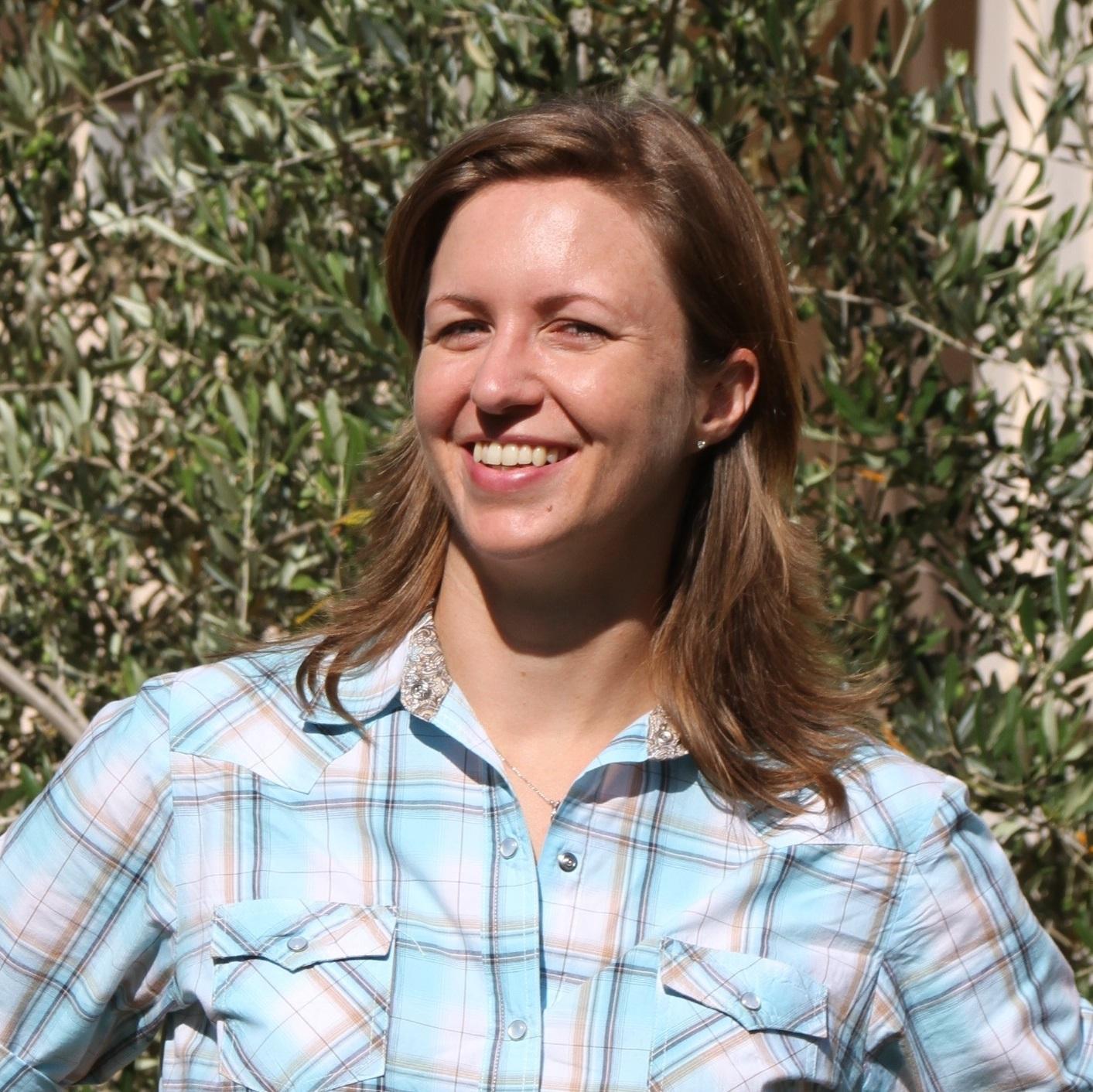
For the first time in years, tree nut industry executives are enthused over the University of California Agriculture and Natural Resources budget after California lawmakers pushed through what one university official characterized as a ‘transformational’ increase this past summer.
The increase of $32 million over and above existing service levels could go a long way toward filling research and extension vacancies that have piled up over the years, according to Bob Klein, manager of the Administrative Committee for Pistachios and the California Pistachio Research Board.
“The increase in the UC ANR budget was welcomed news,” Klein said. “We anticipate that many positions that we have been advocating for over the years will now be able to be filled.”
“It is great to see the recognition at the state level and at the UC-wide level of the important role that the division of Agriculture and Natural Resources plays in the success of one of the world’s top agricultural economies,” said Josette Lewis, chief scientific officer for the Almond Board of California. “We are really optimistic that there are going to be some good things for California’s farmers and ranchers.”
Coming after two-decades of budget declines, the increase will help UC ANR reverse a trend of leaving positions vacant after retirement and will facilitate the filling of new positions that have been identified as priorities in recent years, according to Glenda Humiston, vice president of UC ANR.
“It allows us to build towards the academic footprint we had 20 years ago,” Humiston said.
Just since 2012, according to figures compiled by Katherine Jarvis-Shean, pomology program team leader for UC orchard crop advisors, the number of farm advisors with some nut crop responsibility has decreased from 19 to 15. Meanwhile, bearing acreage in almonds, pistachios and walnuts has increased from 1.27 million to about 2 million.
“So, we have had an approximately 60% increase in acreage at the same time our advisor staffing decreased by more than 20%,” Jarvis-Shean said.

Orchard Crop Priorities
The UC pomology program team has identified several priorities it hopes to fill, Jarvis-Shean said, including a top two of a nut crop advisor in Merced County and an IPM advisor in the Sacramento Valley.
“Given the increase in acreage and farming challenges that are occurring at the same time as multiple retirements, there are a number of additional urgent needs as well,” Jarvis-Shean said.
She added that advisors look forward to working with UC ANR leadership in upcoming recruitments and that she is grateful for the many advocates who spoke out in support of UC ANR’s budget. “We are grateful to all the voices that spoke up for just how important agriculture is to this state,” she said, “because we’ve been stretched very thin.”
In UC ANR’s first batch of 10 recruitments, sent out in mid-August, at least two positions will have some nut crop responsibility, including a diversified agricultural systems advisor in Lake County, a position that includes pears and walnuts among its crop responsibilities, and an irrigation and soils advisor in Kern County.
“It is not explicitly an orchard-only position,” Jarvis-Shean said of the Kern County position, “but [the winning candidate] will certainly be highly involved in orchard research and extension from an irrigation angle.”
Humiston said to expect several more nut crop positions in future recruitment efforts. “Nut crops are a high priority,” she said. “We will be releasing several positions supporting the tree nut sector during the coming year.”
UC ANR is using a position prioritization report compiled in 2018, which was the last time UC ANR conducted a formal prioritization process, as a starting point to identify positions of need, Humiston said.
“Those [positions] went through a very thorough vetting,” Humiston said. “They are a high priority. We’ve already got commitments of office space and resources and partners wanting to work with them. So, it is relatively easy for us to move all of those fairly quickly. However, we also want to make sure they remain the best positions to serve future needs.”
Within that report, several tree nut positions were identified as priorities, including an orchard systems advisor in Tehama County; a UCCE specialist to be based in Davis; a nut crops position in Merced County; and a sustainable orchard systems advisor to cover Sutter, Yuba and Colusa counties.
Additionally, multiple positions within the Integrated Pest Management and Agronomy and Cropping Systems categories of the 2018 report are expected to have partial responsibilities to tree nuts, including the soils and irrigation advisor for Kern County; an irrigation and water resources advisor in Glenn and Tehama counties; an entomology position in Kings County; and a weed science position in Fresno and Madera counties.
Humiston noted that a program council working on identifying priority needs isn’t concentrating solely on filling positions identified in the report, but was looking at new priorities that have developed since as well.
“For example, fire advisors,” she said. “Prior to 2018, people weren’t thinking about fire advisors that much. We had several, but now current needs require many more. We just released one of those positions and will be releasing others during the next several months.”
Another example, she said, is regional food systems support. “Last spring, when COVID hit and you had grocery store shelves empty at the same time farmers were plowing crops in the ground, it was partly because our food supply chains just aren’t flexible and nimble enough to deal with that kind of situation,” Humiston said. “So, we are doing a lot of work now helping regions and even mega-regions improve and enhance their food systems.”

Areas of Concern
Both Klein and Joe Grant, director of research for the California Walnut Board and an emeritus UCCE nut crops advisor, singled out entomology as an area of concern for their industries. And both put irrigation management on their short list.
Lewis said the Almond Board doesn’t have a specific list of research priorities it is advocating UC ANR to fill and instead expects to be in close dialogue with UC ANR as it develops priorities.
“We are really hoping to engage with the leadership at UC ANR about those farm advisor positions and also the field stations so that we can make sure that we get the best use of those resources across the needs of a lot of different crops and a lot of different regions of the state,” Lewis said.
Klein, Grant and Lewis all said they hope some funds go toward structural improvements at the division’s field stations, especially the Kearney Agricultural Research and Extension Center.
“We hope that it will be part of UC ANR’s plan to make sure the facilities at the Kearney Ag Center stay up to date,” Lewis said. “They need some updating in terms of the infrastructure and also to keep the facilities funded.”
“These regional field stations all have had budget cuts over the years and are now hard-pressed to serve as places where people can work,” Grant said. “We’ve been really worried about the Kearney Ag Center for a long time. Budget cuts there have basically forced a lot of people to move their programs elsewhere.”
Humiston said that UC ANR leadership is thinking along those same lines, and according to a March 2021 addition to the 2018 budget and staffing analysis report, about $12 million of what at the time was a projected $32-million increase, was earmarked toward program support and necessary business operations for the UC ANR academics.
In all, Humiston said UC ANR is looking to fill upwards of 100 academic positions by next summer.
“That is our goal,” she said. “Whether or not we make it will depend on how fast our HR [Human Resources] process is able to move and what kind of candidates we can find.”











